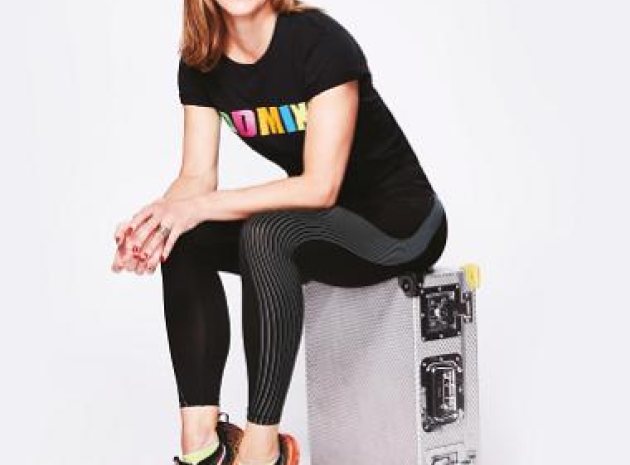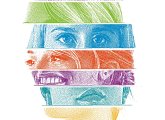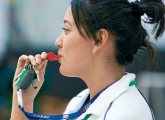Last March Dame Darcey Bussell fired up audiences at the Education Show when she talked about using dance fitness to improve student wellbeing and introduced some of the team from her social enterprise Diverse Dance Mix – DDMIX for short. Sal McKeown spoke to her to find out what dance can do for KS3 pupils…
DB I am passionate about everyone dancing, it has so many benefits: it is good for both your physical and mental health. By putting dance fitness directly into PE, children get exposure to these benefits. They also come to appreciate music and rhythms from different cultures as they try dance genres as diverse as Salsa, Scottish dancing, Greek dancing and Bollywood. We have 31 different styles and growing!
We wanted to incorporate dance in the school curriculum. Dance fitness is not just for independent schools or something special taught by peripatetic teachers. I wanted to develop a program that can be delivered by regular teachers in state schools.
What’s different about it?
Besides the number of genres and having our own bespoke music, there are just four different steps so the sequences are easy to learn. Once children have mastered the four steps we encourage them to be creative, to make up some steps and have the opportunity to show their creativity. We also purposely don’t include a ‘Street’ genre and the reason is that we aim for total inclusiveness.
How do you deal with people who can’t dance?
Everybody can dance! Back in the 1930s, people used to head off to a dance hall for good night out and our physiology is the same today. Fashions have changed and sadly these days most people only dance at celebrations – weddings or special birthday parties – but if you look at Strictly there are people who start off saying ‘I can’t dance’ or ‘I’ve got two left feet’ but they develop skills and confidence, and end up doing quite a good job.
How do secondary schools get involved?
We provide training plus Schemes of Work for KS3. In any school there will be more than enough teachers who have rhythm and that is the most important quality. Once schools have signed up for the KS3 training – two or four hours – we will come to the school and will teach as many teachers as they wish for the fixed price.
Does dance help adolescents with body image?
So many children give up on sports toward the end of primary – girls in particular are concerned about their image and seem to think that being sporty makes them less attractive. Dance is a great way of keeping fit and appeals to young people who are put off by the idea of competitive sport. It is about associating exercise with enjoyment and having fun.
In a YouGov survey of 1,000 men last year three quarters said they rarely or never dance. How can we get more boys involved?
We have found that DDMIX in schools is as popular with boys as it is with girls. By introducing dance fitness into PE, boys will get exposure to dance genres and master basic steps that will be with them for life. They will then feel more at ease when the social occasion arises and they have the opportunity to dance.
We all have a drum inside us – our own heartbeat – so dance is natural and brings good health and social skills. You can see boys thinking, ‘I can do this,’ and they stand taller and try harder.










